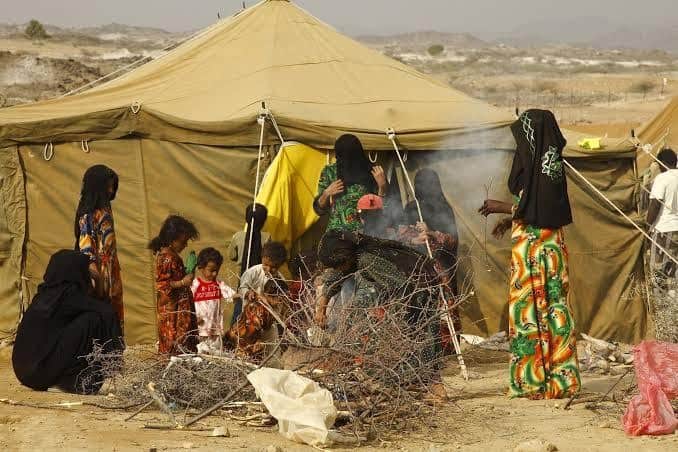
How pathetically sexual chaos against women and girls is extensive in conflict and is employed as a battle tactic? This question in itself is disgusting and degrading. Well, that’s the reality too!
Reports from the Democratic Republic of the Congo on the degree of conflict-related sexual unrest range from 18 to 40 percent among women and girls and between 4 and 24 percent among men and boys. Household violence, human trafficking, child marriage, are also aggravated during the conflicts.
Who All Have Taken Notice?
The UN has approved international responsibilities to address gender-related turmoil in conflict, including UN Security Council resolution 1960, which provides a responsibility network for conflict-related sexual violence; stipulates united and immediate collection of evidence on such violence, and alarms for nations to organize certain time-bound agreements.
Meanwhile, Security Council resolution 2122 sets out the demand for humanitarian assistance to guarantee access to sexual and reproductive health aids, enclosing for incubations occurring from rape.
UN Women’s programs on women, peace, and security support women’s attention in all virtues of peacebuilding, towards more comprehensive, egalitarian societies that can cease gender intolerance and resolve disputes without a riot. They train peacekeepers to observe, address and stop conflict-related sexual violence. Besides, further initiatives back justice and defense institutions that safeguard women and girls from violence and discrimination and public services that are entirely responsive to women’s needs.
The Role of Women In Armed Conflict
The participation of women and girls in armed conflict is far more familiar than comprehended. Women have been encompassing revolts, freedom struggles, and war in many countries. They are under pressure for “support” functions like intelligence, logistics, nutrition, nursing, as well as for battle, bombings, and suicide tasks. Their justifications for joining are involuntary recruitment, leaving oppression or misuse at home, an intention to feel esteemed.
They collect military-type instruction training on ethics and behavior, technique, guerilla moves, and use of weapons. Conventional gender roles are dimmed, there is little reluctance in using women’s services in conflict as per the pressures of leadership.
However, while women are essential to the functioning of the war equipment and ratify the similar threat and insecurity as men, they encounter particular vulnerabilities, comprising sexual exploitation. Post-conflict, some “disappear” due to humiliation for having walked outside social standards. Others want participation in peacetime political procedures. Nevertheless, there is a procedure gap in fully discerning gender during demilitarization, demobilization, and reintegration.
Techniques obtained during a dispute can be switched to adequate intention in peacetime, realizing former roles. Healthy reintegration of women, no less than men, into social lives, expects an adequate awareness of gender to facilitate everyone to direct fulfilled lives and curtail separation, providing lasting peace and human development.
Women, War, And Rape
Several facets of armed conflict affect women and girls disproportionately. As per the contemporary research on life expectancy among unarmed civilians caught in armed conflict, women are the main adult victims of war. For representation, the unusual harm of war on women is the pain imposed by military brothels, rape camps, sex trafficking for prostitution, and intensified domestic unrest. Furthermore, widows of conflict and women refugees of conflict are extremely helpless to deprivation, prostitution, and elevated illness and demise following armed conflict. In addition, shockingly, it has been reported that major officials of conflict have generally approved and permitted the sexual exploitation of local women by military men.
The hazard of gender-based violence in all conflict-affected regions is at an all-time high. The pandemic could further worsen women’s exposure in specific territories where there are prolonged conflicts. The distinct problem of unrest in armed conflict asks various challenges.
These challenges highlight the need for considerable investigations for evolving completely beneficial and standardized litigation like that embarked in the Beijing Declaration: “Increase the participation of women in conflict resolution at decision-making levels and protect women living in situations of armed and other conflicts or under foreign occupation”. What is needed is the political will and commitment of policymakers to prioritize the protection of women and girls and ensure these commitments become a concrete reality.”
Conclusion
To lessen these adverse outcomes, it has been proposed that more female aspirants be present in post-conflict elections, that there be a considerable part for women in peace-making and post-conflict reconstruction struggles, and there should be more nominations of women to peacekeeping and diplomatic posts.
Image courtesy: PRIO
Udisha Srivastav is a Freelance Content Writer with Femsay.com

